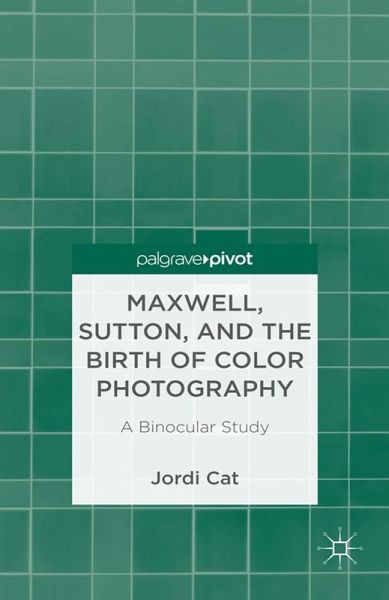
Maxwell, Sutton, and the Birth of Color Photography (eBook, PDF)
A Binocular Study
Versandkostenfrei!
Sofort per Download lieferbar
40,95 €
inkl. MwSt.
Weitere Ausgaben:

PAYBACK Punkte
20 °P sammeln!
This focused and incisive study reassesses the historic collaboration between James Clerk Maxwell and Thomas Sutton. It reveals that Maxwell and Sutton were closer to true partners than has commonly been assumed, and shows how their experiments illuminate the role of technology, representation, and participation in Maxwell's natural philosophy.
Dieser Download kann aus rechtlichen Gründen nur mit Rechnungsadresse in A, B, BG, CY, CZ, D, DK, EW, E, FIN, F, GR, HR, H, IRL, I, LT, L, LR, M, NL, PL, P, R, S, SLO, SK ausgeliefert werden.












